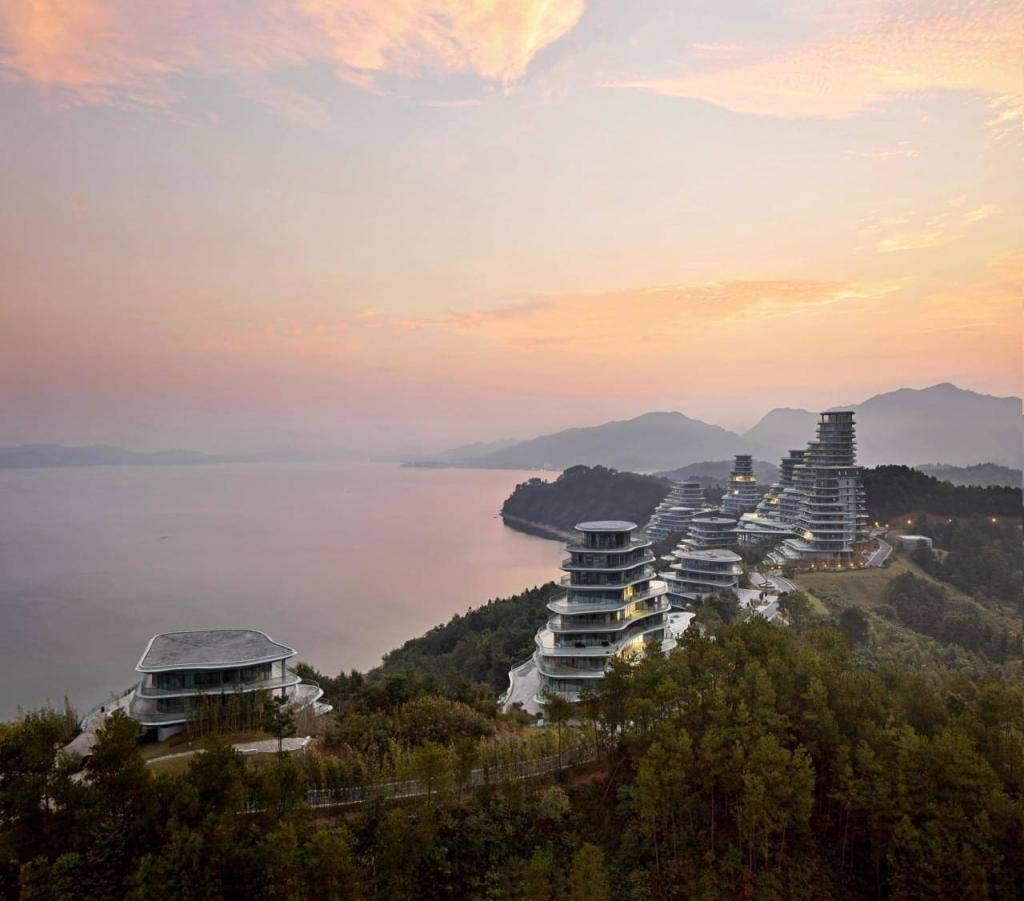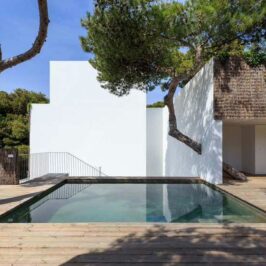Yosuke Hayano on How Architecture Can Create Emotional Connections to Nature.
That is the question at the heart of Beijing-based MAD Architect’s ethos behind their projects. They believe that in the process of development in contemporary Asian cities, the logic of the unique connection between nature and humans has been distorted on the way.
Established in 2004, MAD aims to create a vision for how the future city can be a better place where we can live together. The collective’s vision of a futuristic city that remains congruent with nature is best embodied in its coined concept of a “Shan shui” city which informs all the MAD’s developments. Shan shui is a Chinese word for the kind of harmony found between human beings and the natural environment.
In the studio’s architectural practice there’s a bottom-up dynamic that informs the projects in which nature and the needs of community shape the built environment, as opposed to an individual creator. And they seem to cultivate that at every scale. While they are known for their exquisitely monumental projects such as the Harbin Opera House, Absolute Towers or the Huangshan Mountain Village, perhaps their idea is communicated best on a micro-level.

The studio managed to strike a balance with the already-stunning nature surrounding its location by regenerating the path into “a journey for people to meet nature in another way.” The five installations draw upon major elements found in nature. One of which Yosuke described in detail at reSITE.
In the ‘Tunnel of Light’, the floor is flooded with very shallow icy water straight from the river, perfectly mirroring itself. The chilly temperatures are a deterrent for too many people to enter, yet those who really want to experience it – or capture it – will power through. In order to capture that near-perfect reflection, stillness is also needed, stimulating contact with one’s senses to the cold water and the stillness in body, and mind.










Leave a Reply